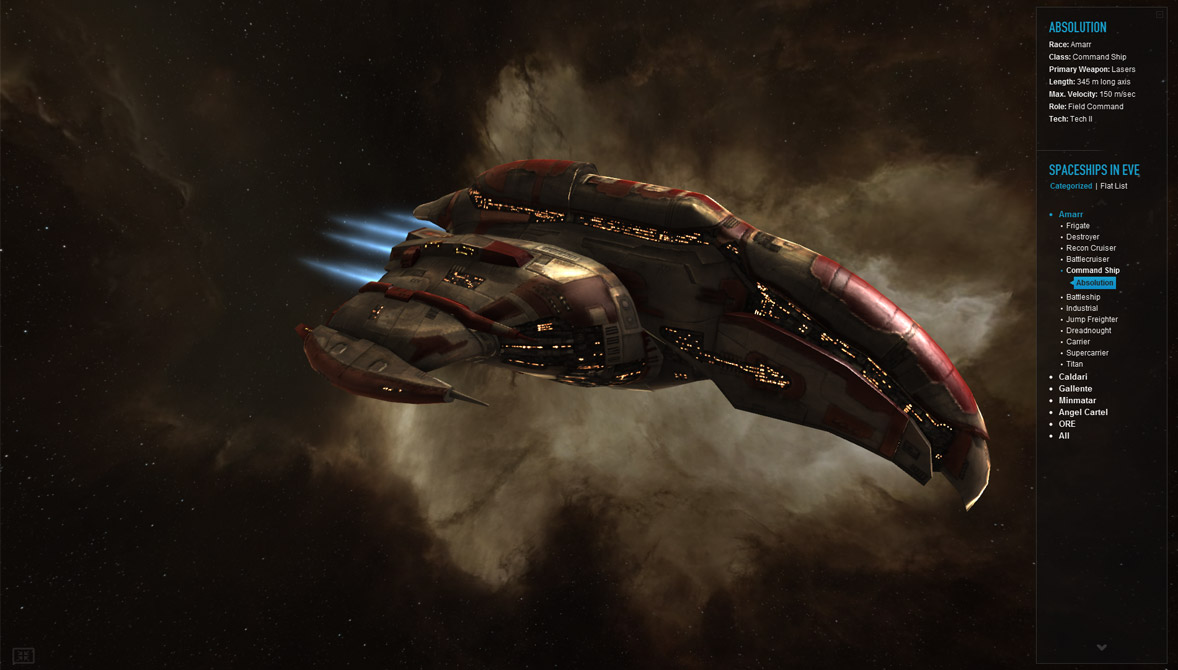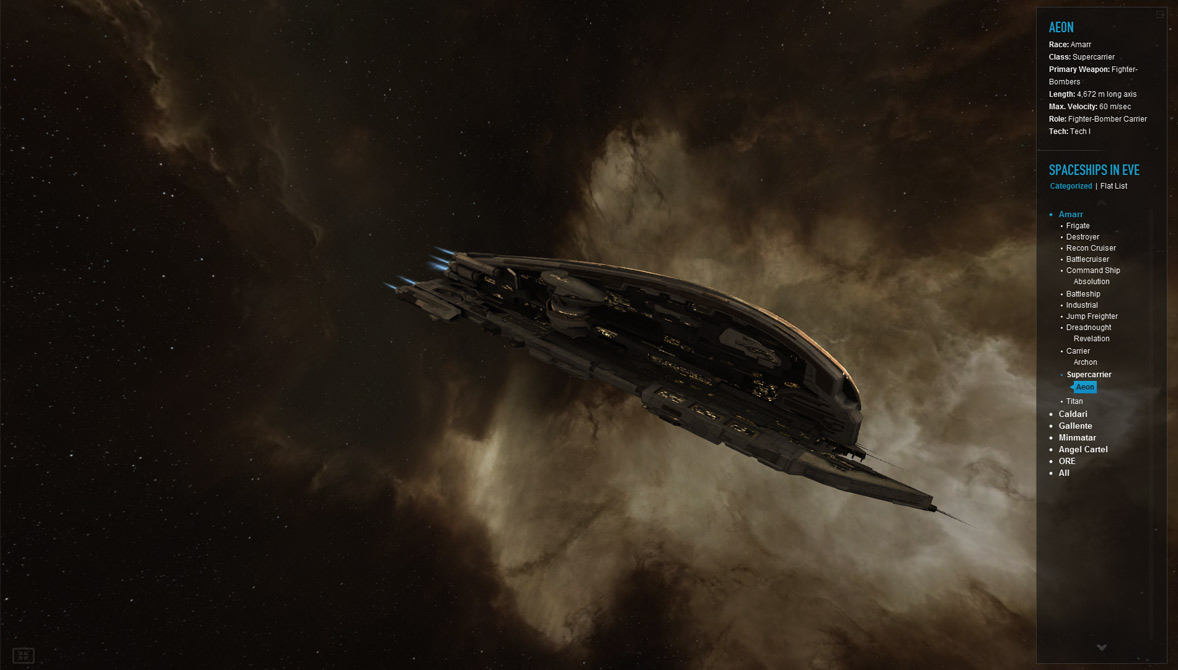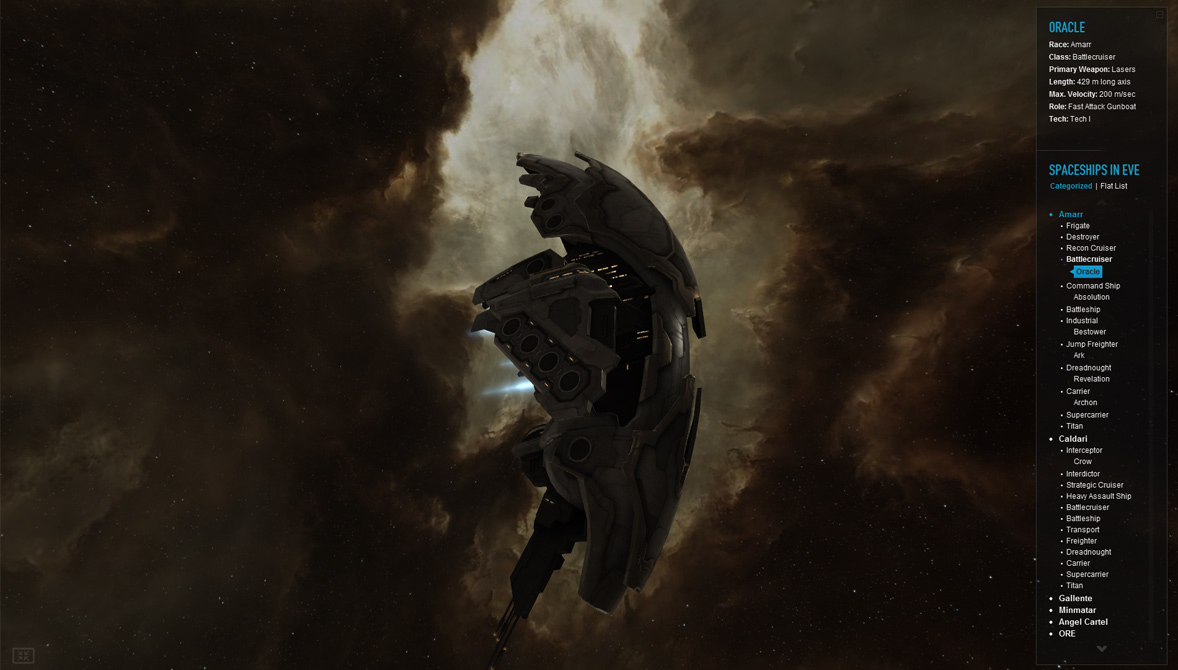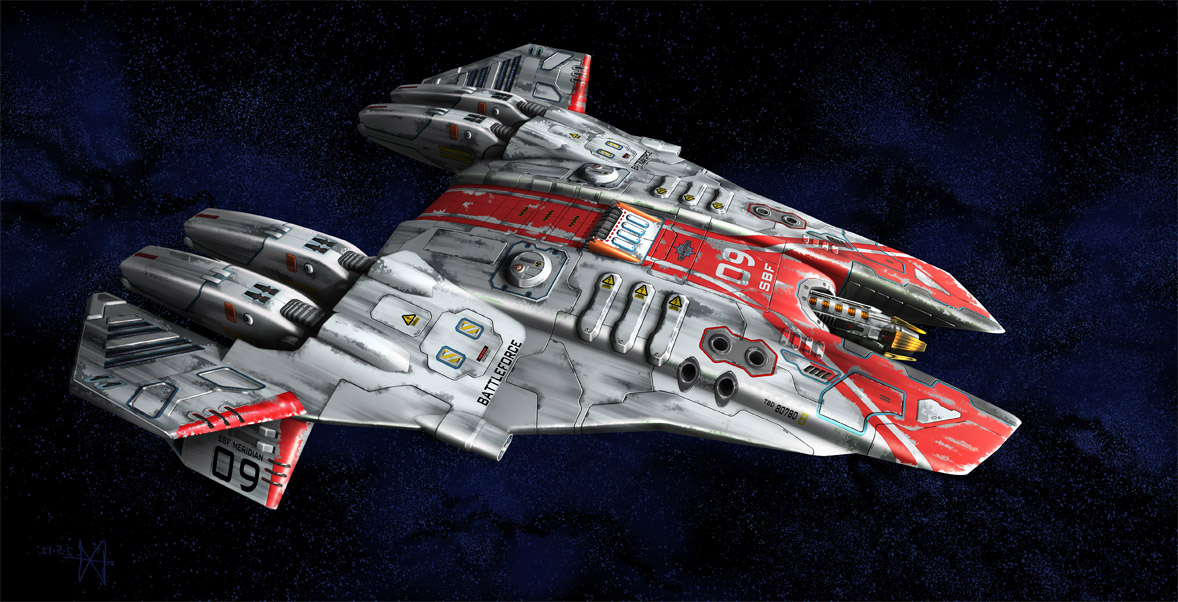
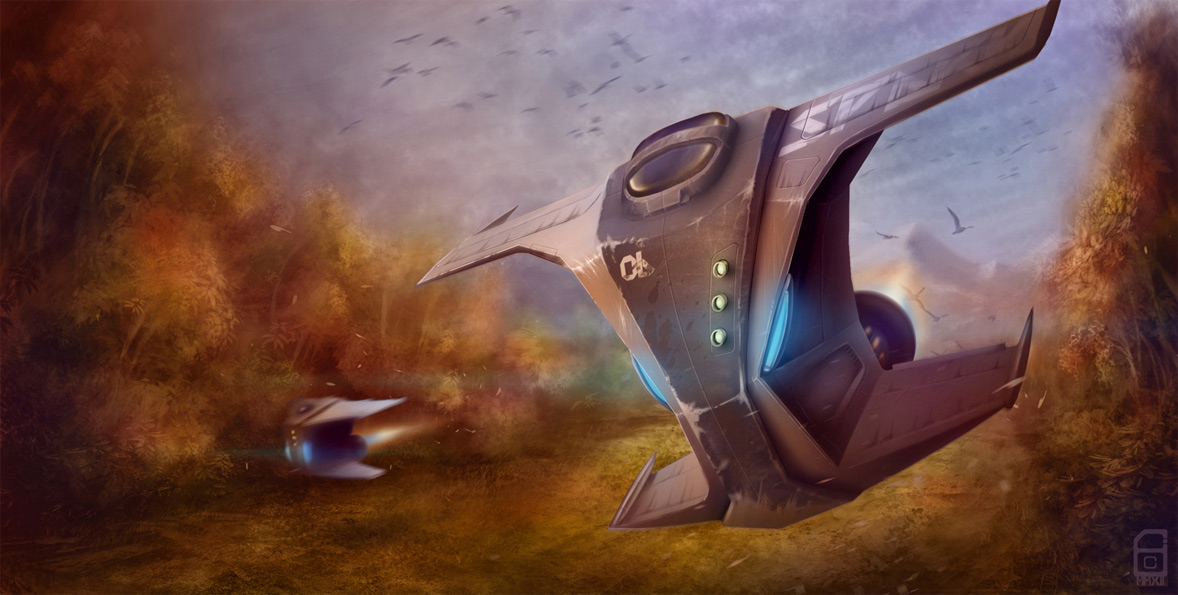
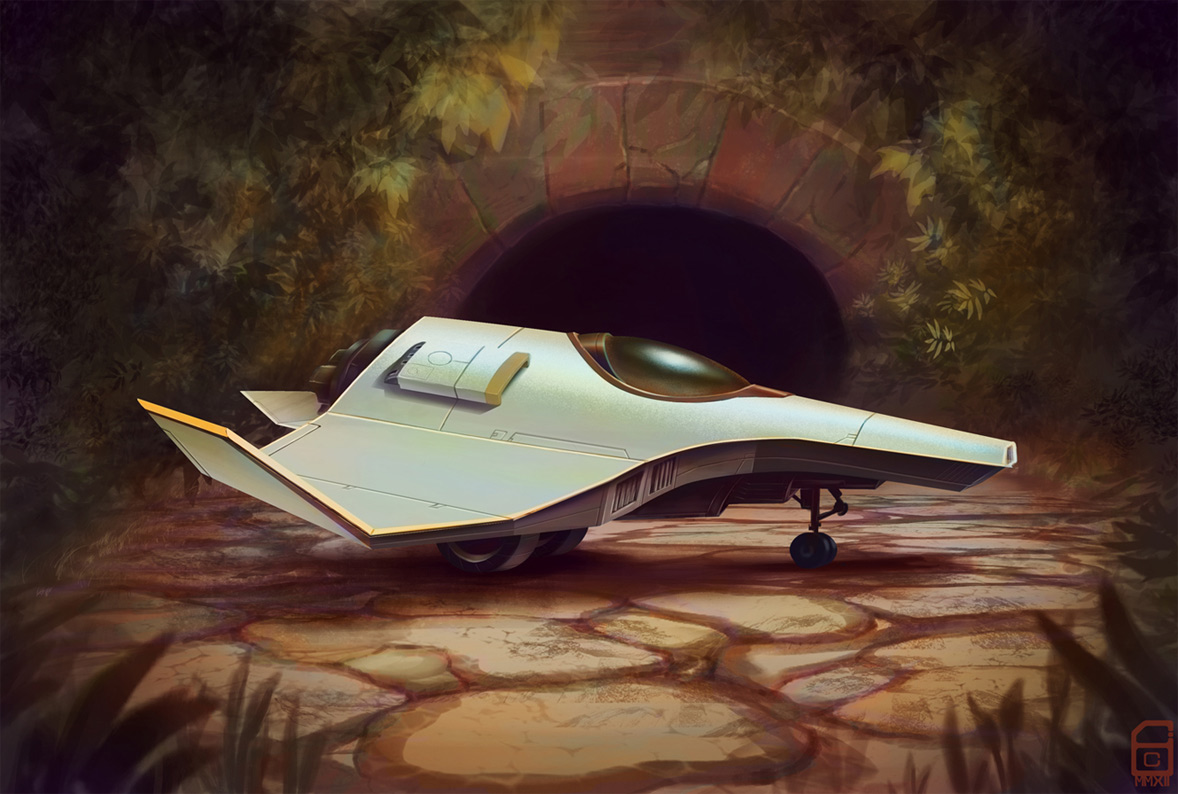
Keywords: concept science fiction futuristic illustrations by fabián j cuevas from mexico city attending algonquin college ottawa ontario canada
This blog is the result of the end of shares in Google Reader. Shares go here from now on. Copyright is not mine, it's of the original posters, this site is only for reference for myself, so I can go back to what I shared before...




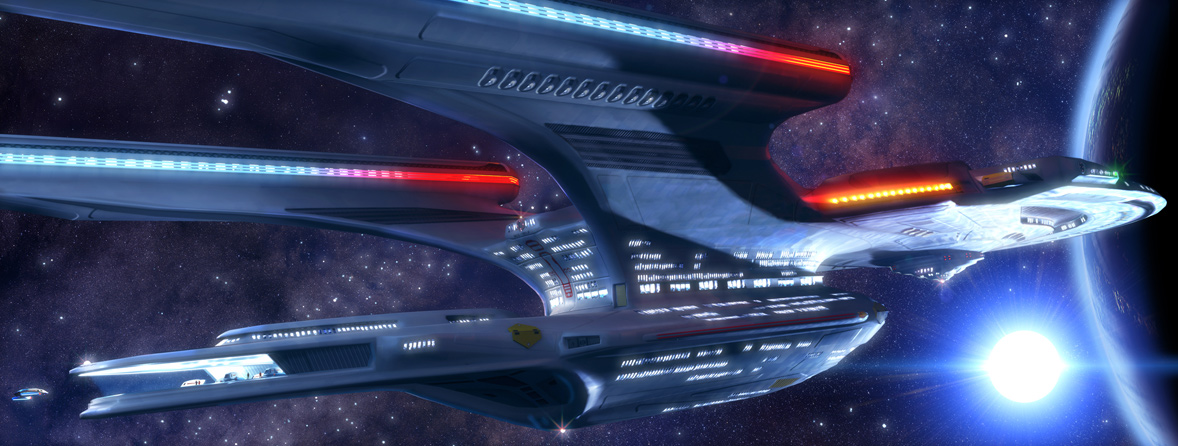
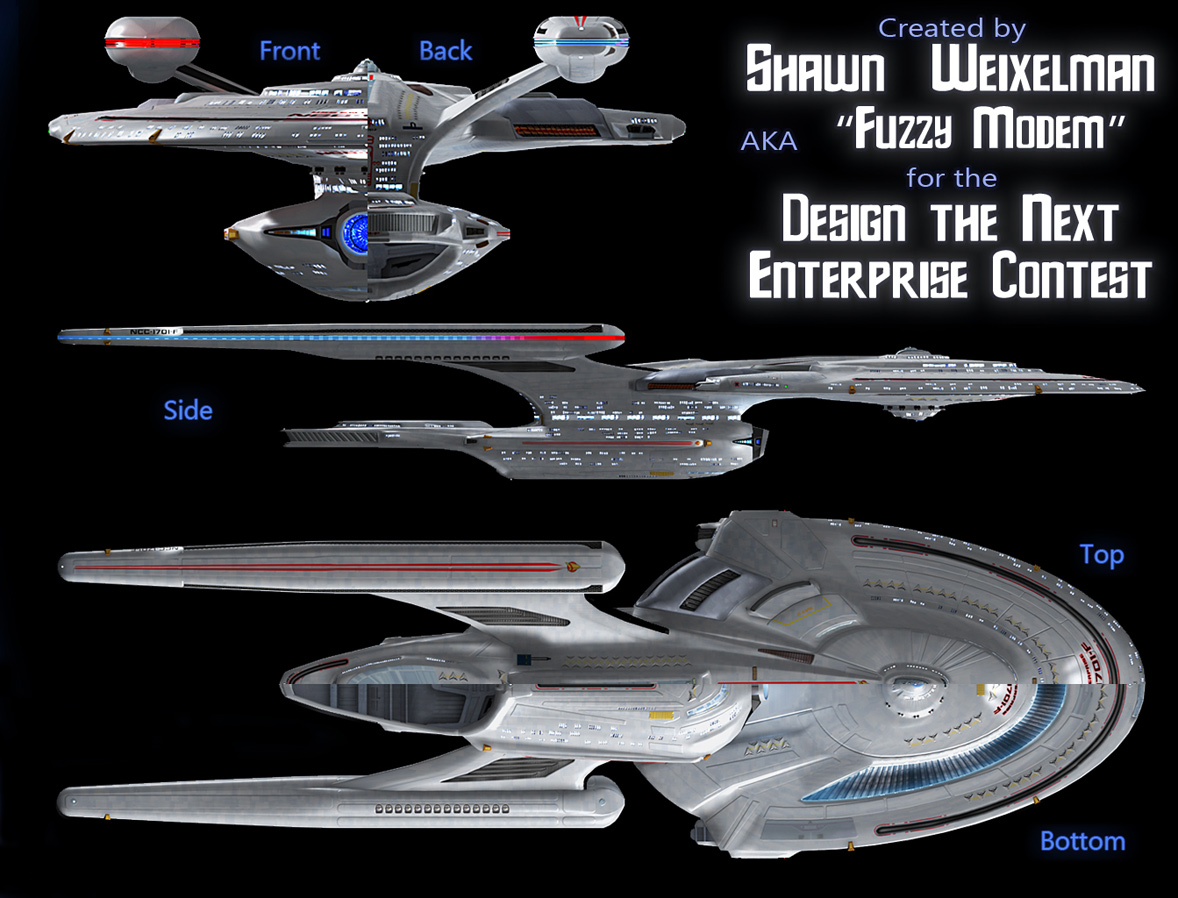
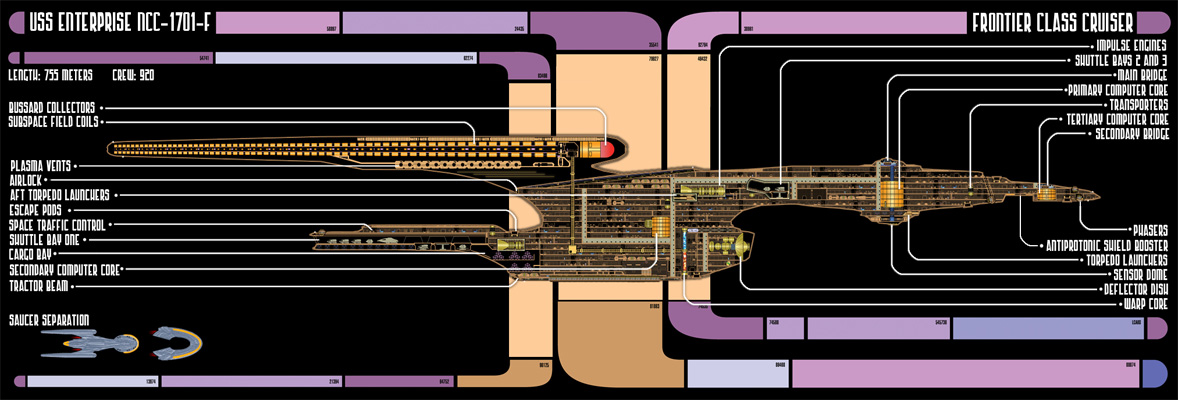
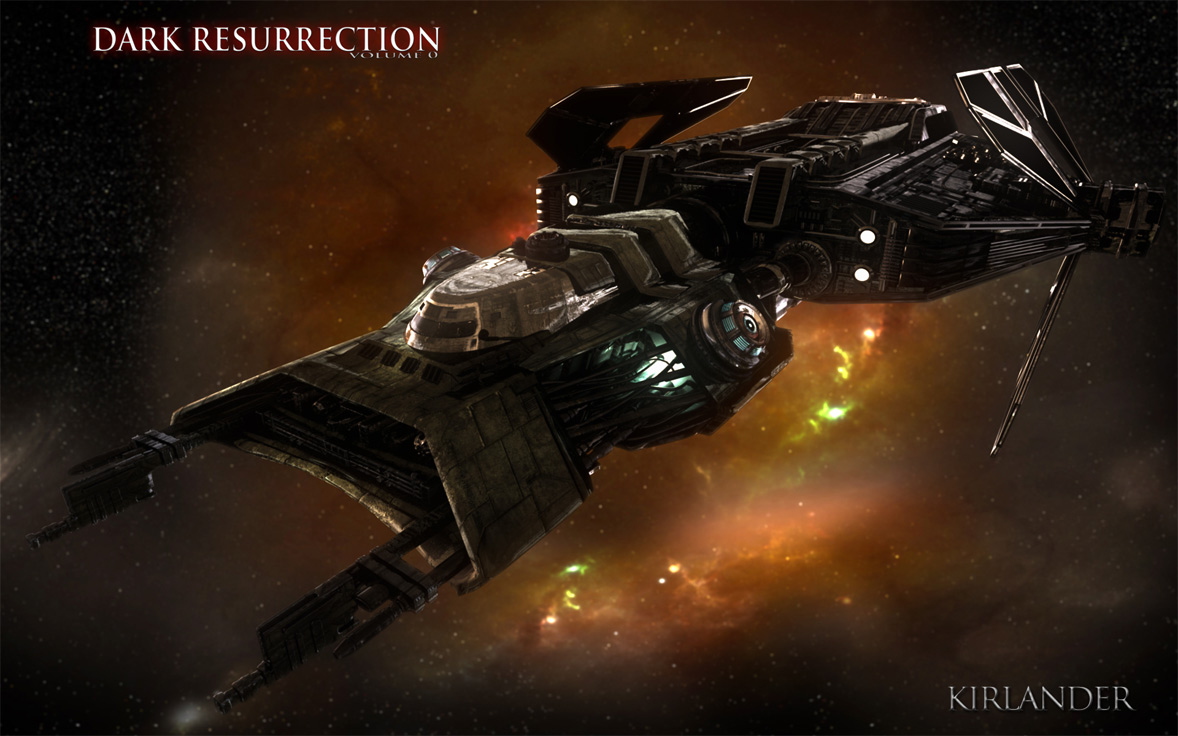
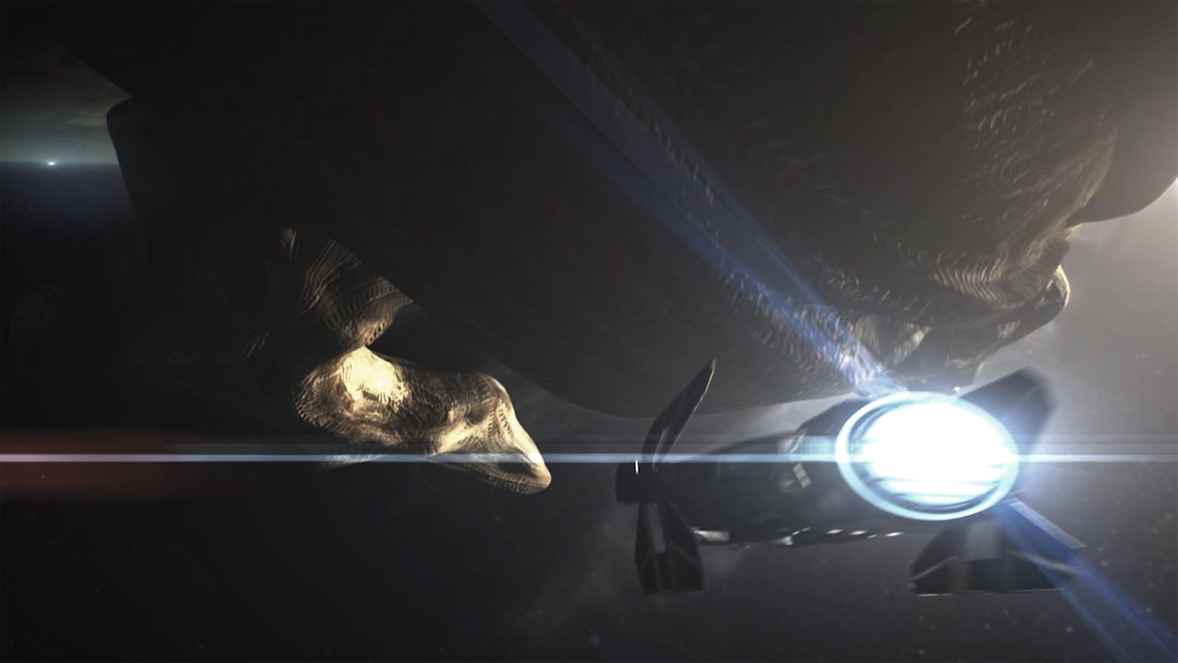
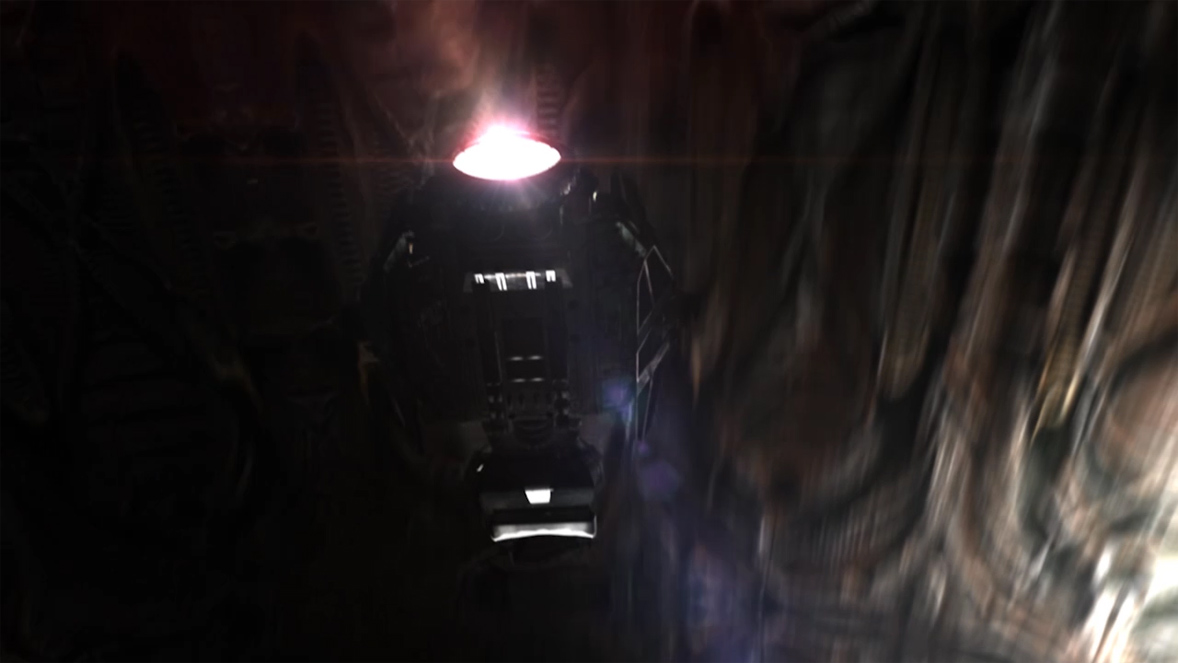
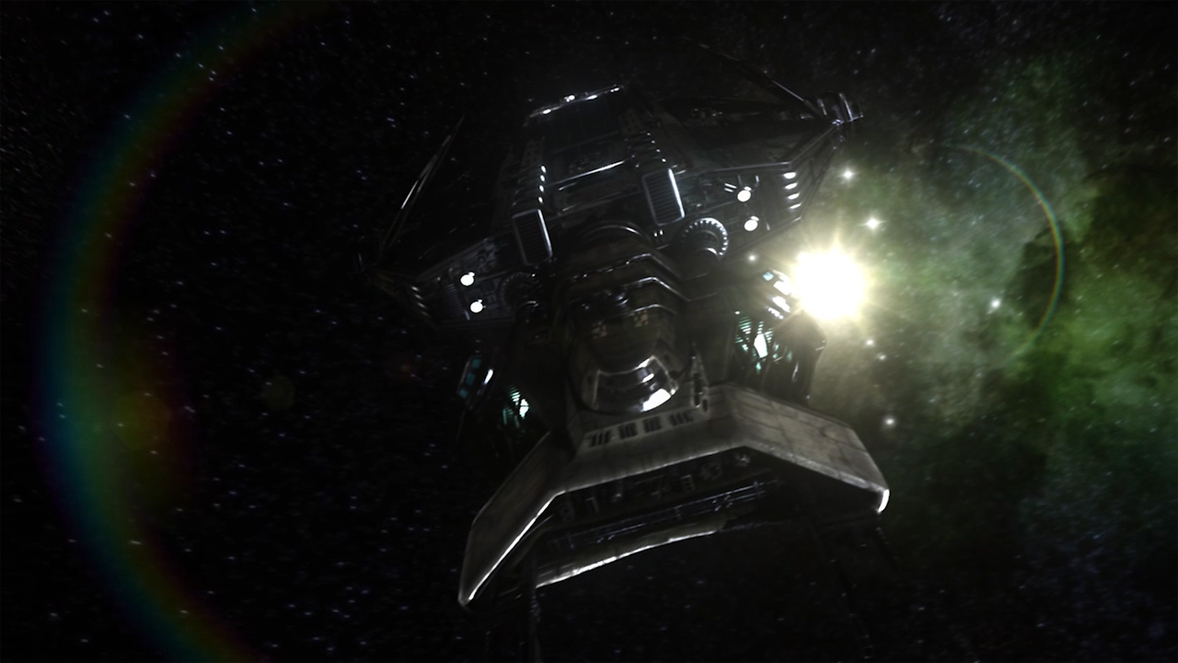
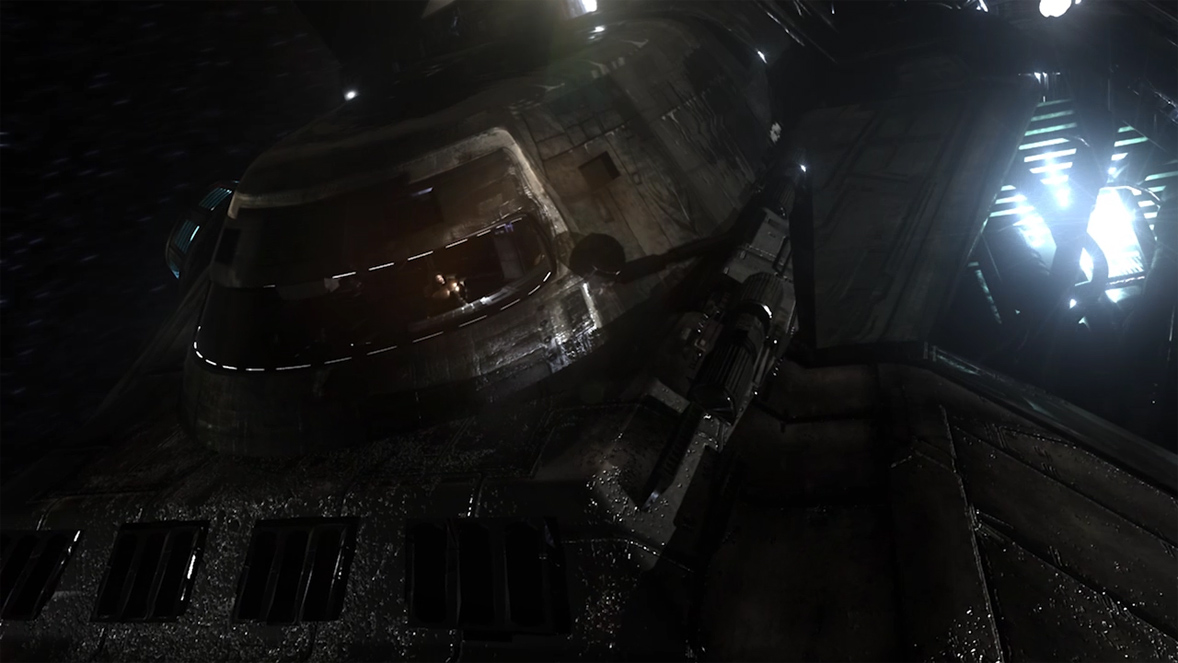
Today I have an incredibly exciting announcement: I’m releasing an extensive 5-hour downloadable lecture on all things freelancing—portfolio building, branding, marketing, finding art directors, and so, so much more.
I’ve been putting my heart and soul into making this thing as useful as I possibly can for new and hopeful freelancers. I wanted to make something that I would’ve killed to have when I was just starting out. And I think I have. You can check out the first 30 minutes right here:
To learn more (and listen to the full 5 hour lecture), head on over to TheArtOfFreelancing.com
We’ve featured the work of Kurt Wenner before, but not nearly enough given the amazing talent of the artist. In fact, in many cases, Wenner’s art appears to be even more realistic than many of the other 3D chalk artists we feature because he frequently opts to include a back wall into his works, giving them even more dimension. Take this installation at the Waterloo Station in London, for example. Sure the man on his couch watching television has a lot of depth, but by adding a truck full of 3D animals crashing through the wall, it’s easy to feel just as shocked as the man in the artwork.
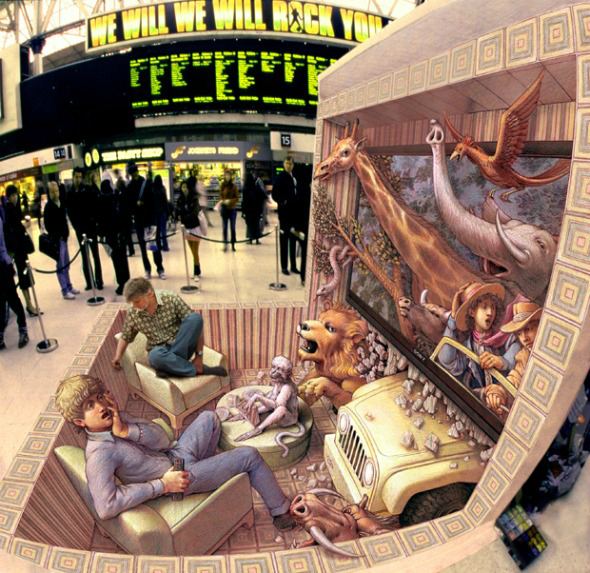 Here’s another example incorporating a back wall to the artwork. Sure he could have stretched the piece over a long space of sidewalk to play with our perception, but by creating this ad for Celebrity Cruises with a back wall, the drawing looks right no mater what angle you view it from.
Here’s another example incorporating a back wall to the artwork. Sure he could have stretched the piece over a long space of sidewalk to play with our perception, but by creating this ad for Celebrity Cruises with a back wall, the drawing looks right no mater what angle you view it from.
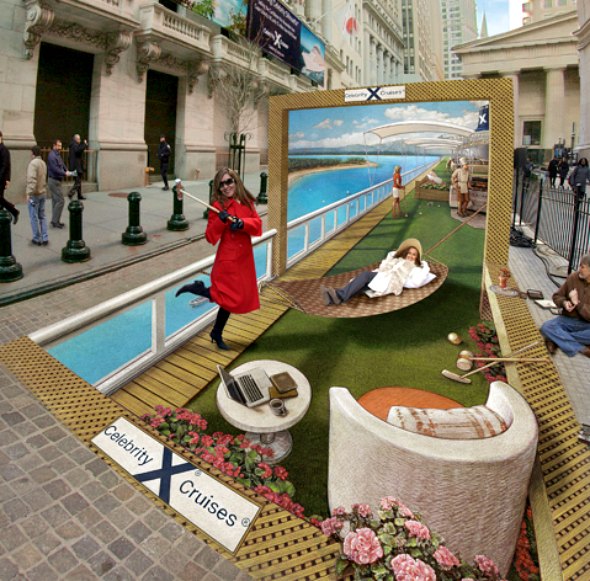 Of course, he doesn’t incorporate backdrops into artworks that don’t need them. In fact, adding a background to this reflecting pool illusion might actually distract from the amazing likeness of the actors portrayed in the sidewalk.
Of course, he doesn’t incorporate backdrops into artworks that don’t need them. In fact, adding a background to this reflecting pool illusion might actually distract from the amazing likeness of the actors portrayed in the sidewalk.
If you need further proof that Wenner is certainly one of the masters of his craft, consider the fact that he was the first 3D chalk artist to conceive of an interactive chalk drawing as seen in this photograph from 1987.
 Zip-lining across a city street can be fun, but it’s nothing compared to flying across wild terrain. For those that don’t have the time or money to get away from it all though, Wenner offers a grand compromise with this gorgeous canyon advertising the beauty of wild British Columbia.
Zip-lining across a city street can be fun, but it’s nothing compared to flying across wild terrain. For those that don’t have the time or money to get away from it all though, Wenner offers a grand compromise with this gorgeous canyon advertising the beauty of wild British Columbia.
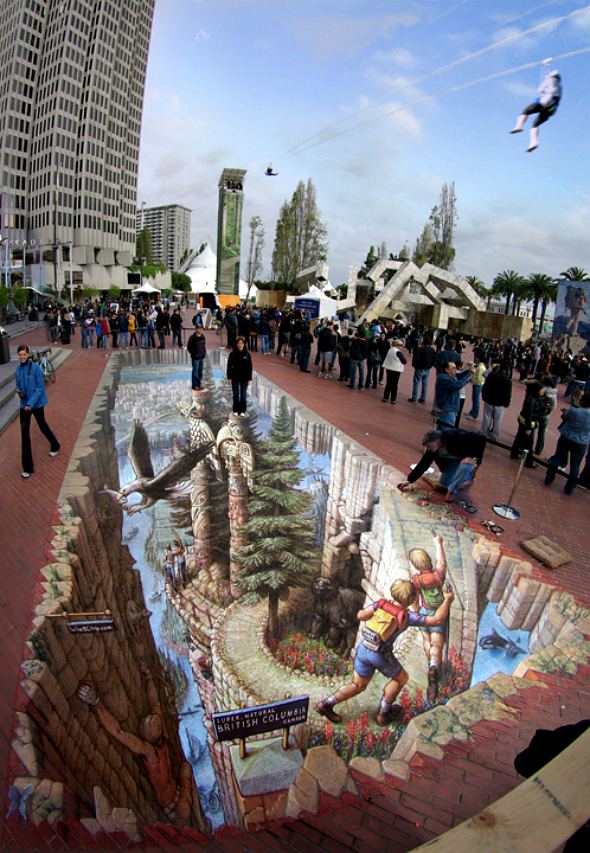 For more great works by Kurt Warner, don’t miss this piece in the Telegraph, or just visit his website.
For more great works by Kurt Warner, don’t miss this piece in the Telegraph, or just visit his website.

Before the austerity imposed by World War II, produce in the US was shipped in wooden crates with colorful, carefully designed and illustrated labels, meant to set each producer apart from the others.
The relatively sudden advent of cheaper cardboard boxes left many of the crate labels unused and they have become collectors items.
A recent post on MetaFilter has pointed out several sources for images of some of the labels, and other sources of information about the market for them as collectables.
The Boston Public Library’s Flickr set has the best and largest images, along with the Los Angeles Public Library.
There are more, with smaller images, on BlueSkySearch. The Crate Label Museum is most extensive, though the images are unfortunately small (note the dropdown at lower right to select categories, and note that many categories go on for several numbered pages).
